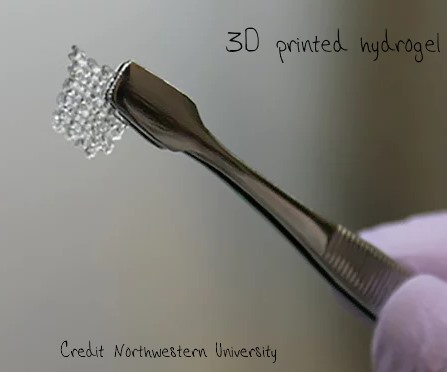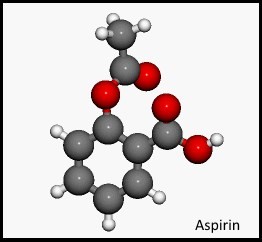UPDATE: December 2021 – Exceeded 100k! Research has already been funded from your donations, so thank you!
UPDATE: Emily was hoping to reach her target by Xmas Day, she went storming past that number on the 23rd December – £50615 raised from just over 1700 donors, which is fantastic. She originally set 10k as a target, then moved it up to 25k, passed that and moved it to 50k, which is when I first mentioned the cause here, on Twitter, and on Facebook. She was at the half way to the 50k at that point just over a week ago. Hopefully, we can draw in more donations from a few of my followers. Thank you! Keep those donations coming in.
Diffuse Midline Glioma, H3 K27M Mutation is not a phrase you want to hear from a doctor. It’s a type of tumour that most commonly affects people under about the age of 25 years but over 3 years. It’s very rare – 100 people in the UK annually – but always lethal, sadly. The tumour grows rapidly within the Central Nervous System and has a devastating effect on the spinal cord or the brain depending on precisely where it grows.
I must admit I’d heard of spinal tumours, but don’t think I’d heard this full phrase until a friend posted about it on social media as their daughter had started a fundraiser to raise funds for research. Emily passed her initial fundraising target quite quickly and has upped the ante, now aiming for £50000. She’s more than halfway there with well over 1000 donations so far. Sciencebase is happy to give this worthy cause a mention in the hope that a few readers take her plea to heart.
I’ve written generally about rare diseases several times over the years and how they are often neglected by mainstream medical research and the pharma industry because by definition they each only affect a small number of people. Of course, there are many, many rare diseases and the total numbers of people that are affected are large. At the other end of the scale though, is often a terrible tale of someone afflicted by something rare and untreatable, which is precisely why we need to raise funds for the individual cases. So, here’s the link to Emily’s JustGiving page. Please dig deep, as they say.


![151026-Tobacco-vs-Meat-TWITTER[1]](https://www.sciencebase.com/images/151026-Tobacco-vs-Meat-TWITTER1.png)


